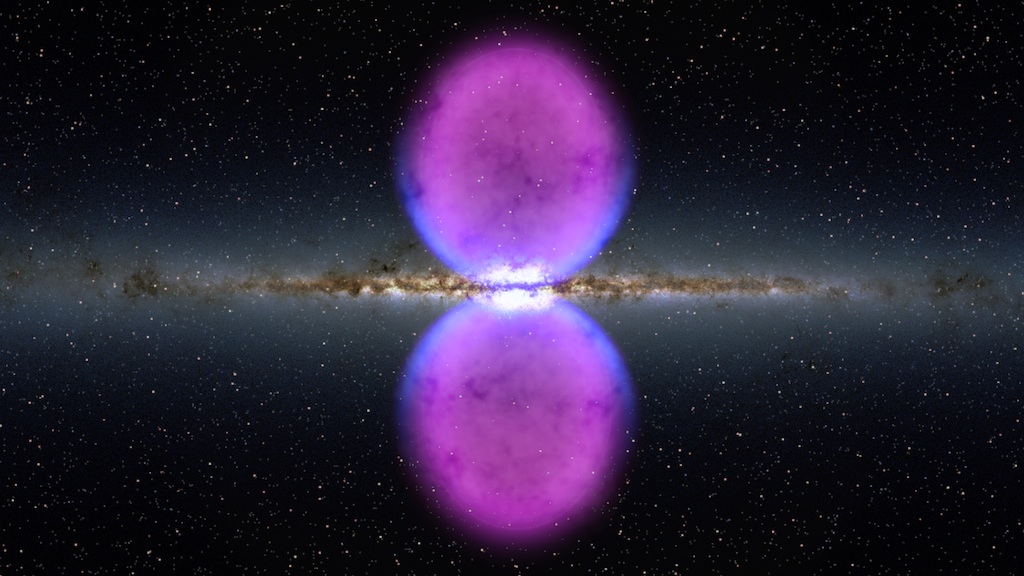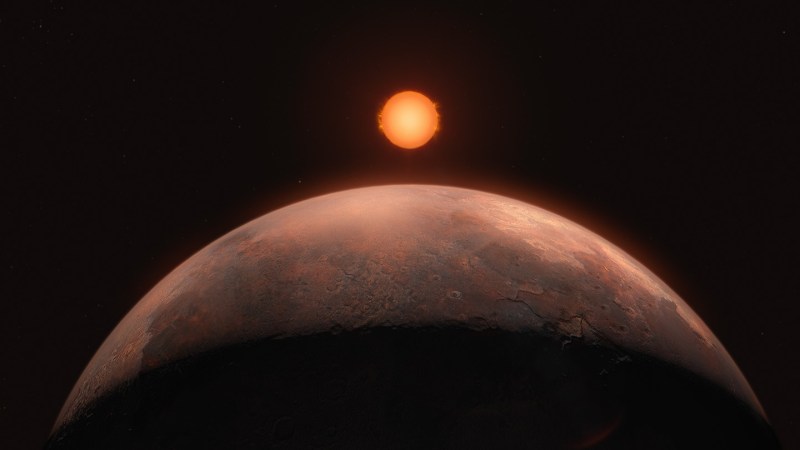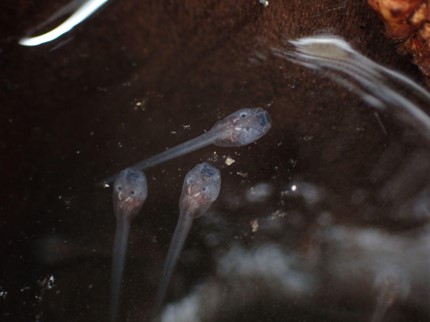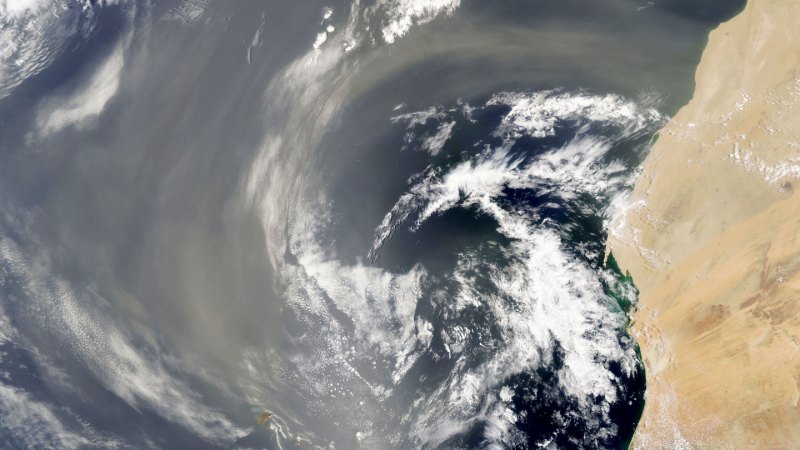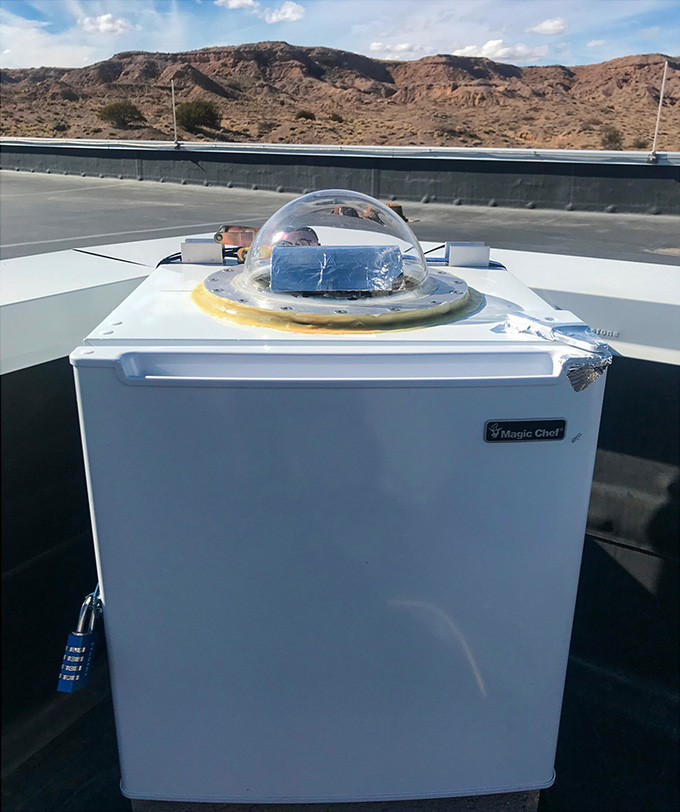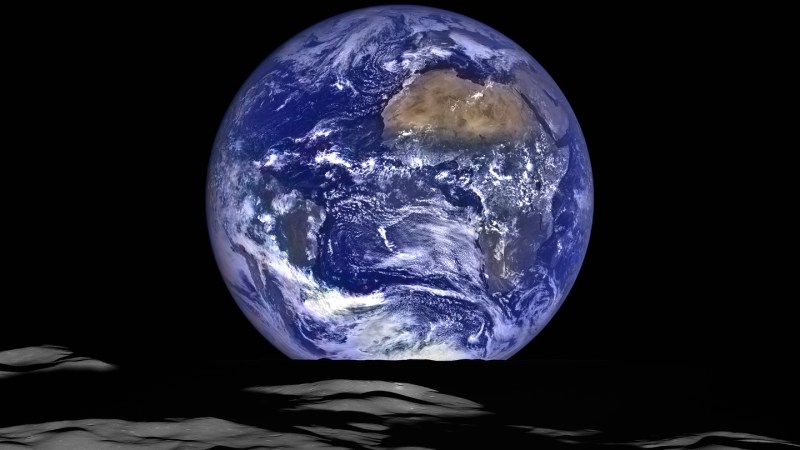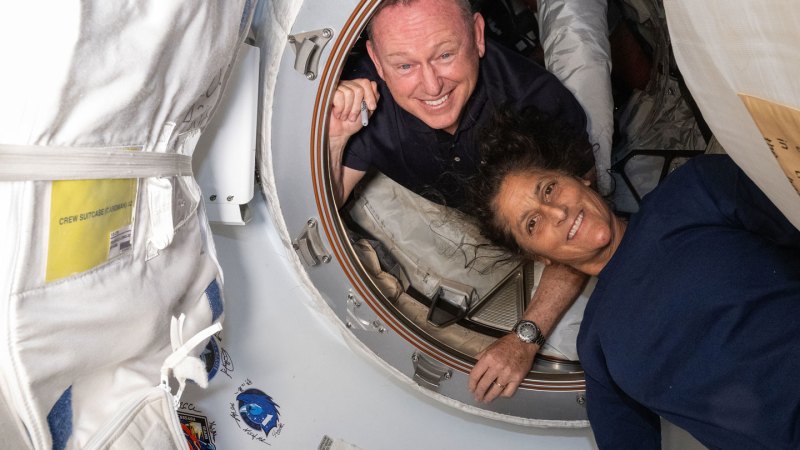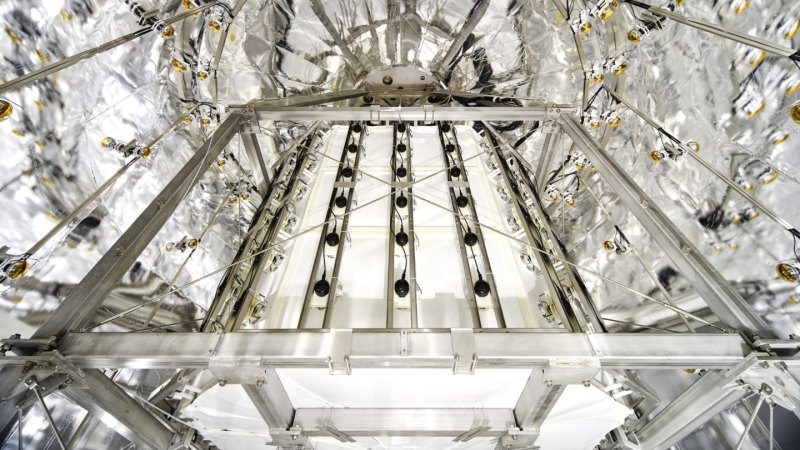How did dark matter shape the universe? This physicist has ideas
At age 12, Tracy Slatyer felt sorry for a book. She read a newspaper article about how lots of people were buying A Brief History of Time by Stephen Hawking. “But then … nobody was actually reading it,” she says. “People were just leaving it on their coffee tables.” Determined to rectify this wrong, Slatyer … Ler mais
